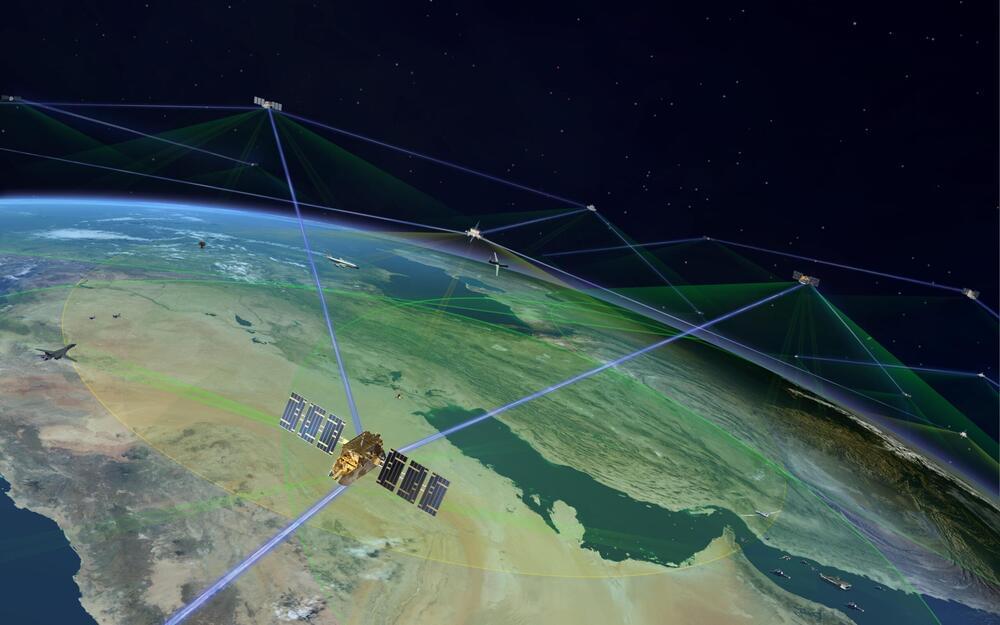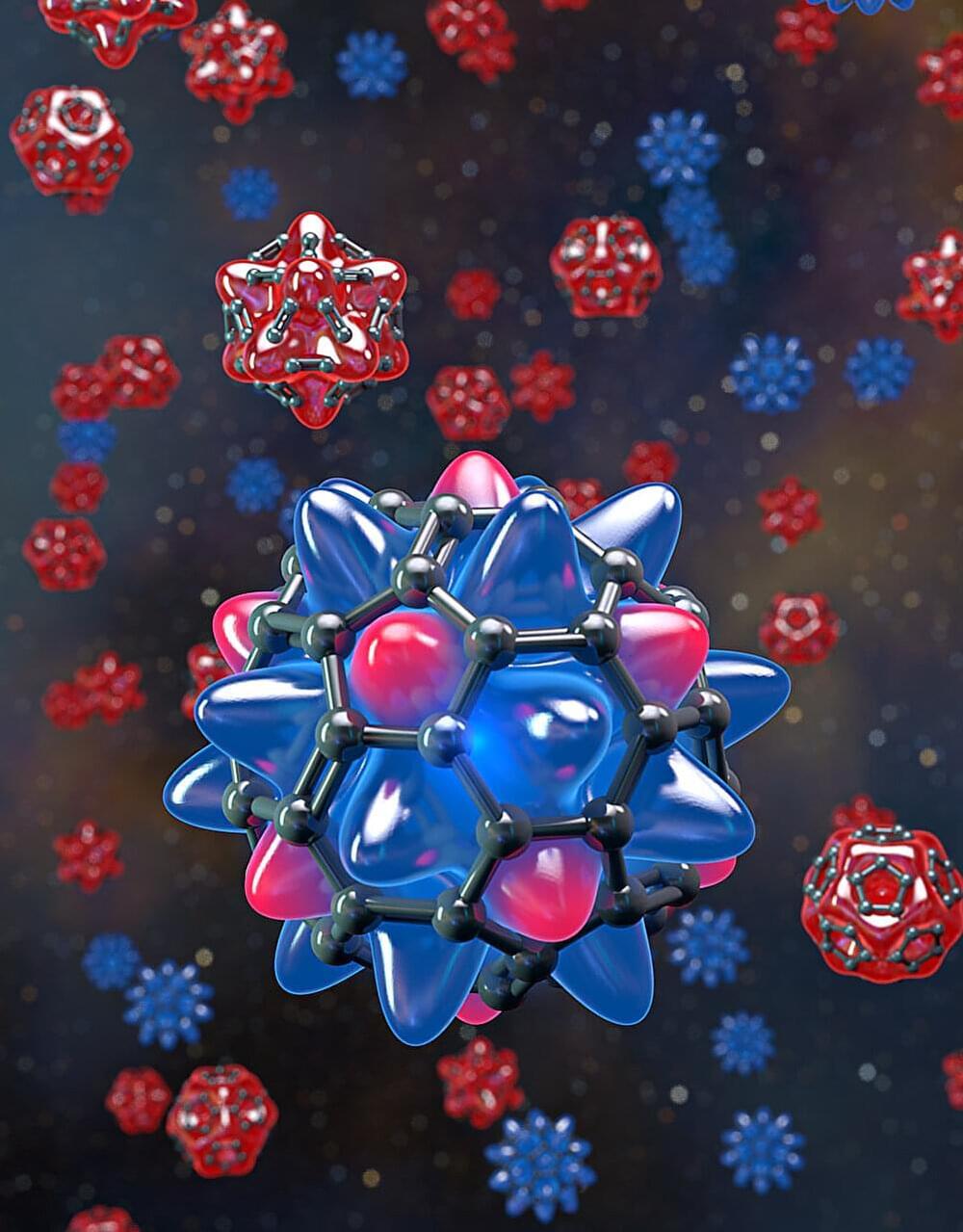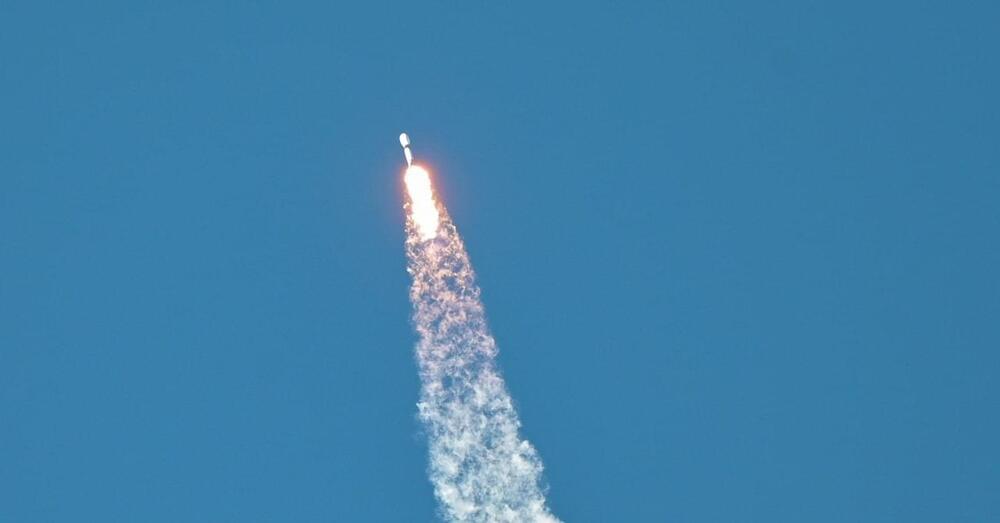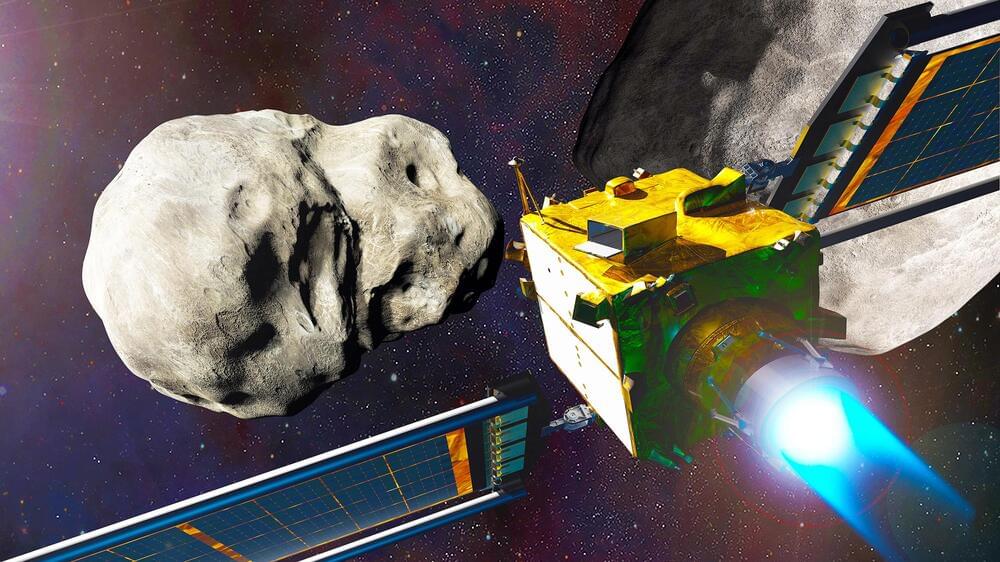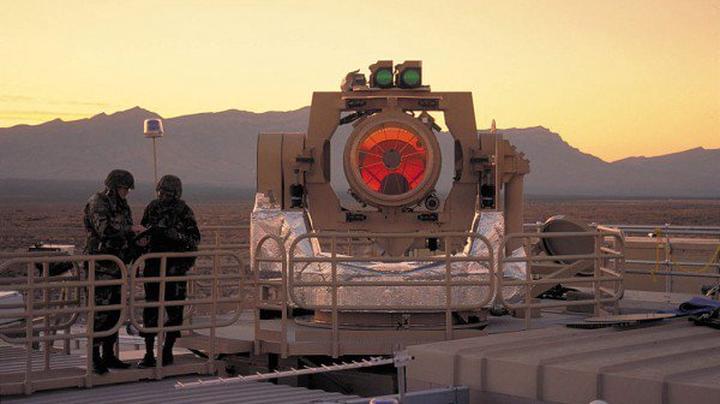WASHINGTON — The Space Development Agency announced Aug. 21 it awarded contracts worth $1.5 billion to Northrop Grumman and Lockheed Martin to build and operate 72 satellites.
The Space Development Agency (SDA), an organization under the U.S. Space Force, is building a mesh network of military satellites in low Earth orbit.
The 72 satellites will make up a portion of SDA’s network known as Tranche 2 Transport Layer. SDA is building a large constellation called the proliferated warfighter space architecture that includes a Transport Layer of interconnected communications satellites and a Tracking Layer of missile-detection and warning sensor satellites.
